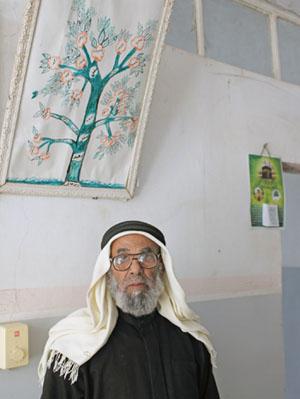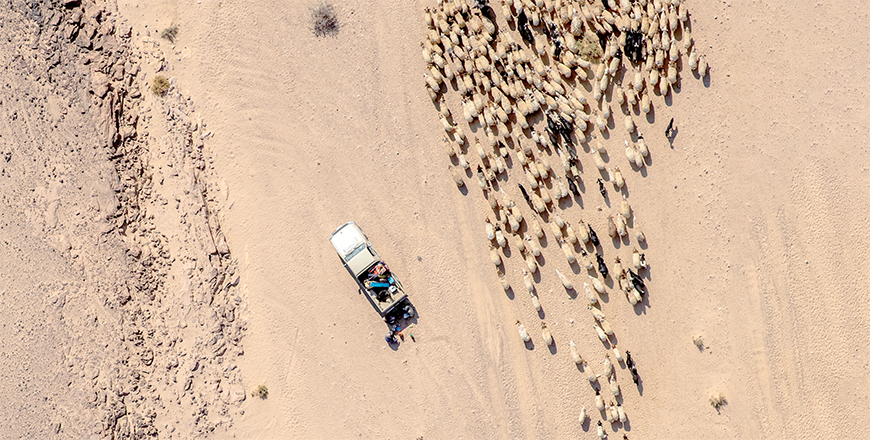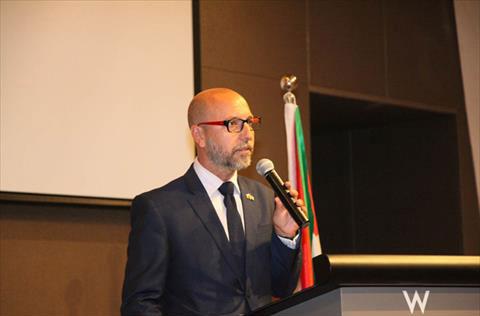You are here
Czech scholar’s photography brings Middle East history to life
By Xiomara Hurni-Cranston - Oct 20,2015 - Last updated at Oct 20,2015

Photo by Alois Musil of Qusayr Amra
AMMAN — The Jordan Museum on Tuesday evening opened a nine-day exhibition of photographs of the Kingdom and other countries in the region taken by Alois Musil, a late 19th and early 20th century Czech explorer.
The exhibition, organised in cooperation with the Czech embassy in Amman, moves chronologically through photos from Musil’s first journey in what was then the West Bank of the Jordan River to his travels in Sinai, Gaza and the Negev, following him through Jordan, Syria, Iraq and, finally, Saudi Arabia.
The scholar was the first European to visit the desert castle of Qasayr Amra, 85km northeast of Amman, in 1898, “discovering” it and documenting it a few years later, convincing the scientific community of its importance.
Over the course of his travel through the Middle East, Musil also became very close with a number of bedouin tribes, becoming co-leader of two.
Musil’s photographs “constitute the highly original diary of a scholar who, first and foremost, was intent on documenting his explorations... [his] photographic archive is an authentic wellspring of images lacking neither ambience nor documentary value,” the exhibition material said.
In addition to his own photography, Musil contributed reproductions of illustrations, inscriptions and photographs, cartography of unmapped areas, and his historical and cultural understanding of life in the Middle East to his era’s scholarship on the region.
The explorer’s experiences and observations “are collected in more than 70 books and over 1,400 specialist and popular articles”, according to exhibition organisers.
He went on to play a pivotal role in establishing the Oriental Institute in Prague.
Musil’s photographs showcase numerous elements of Middle Eastern life at the time, from landscapes and oases to castles and local farmers, as well as a shot of the Treasury in Petra before the restoration of its columns.
The exhibition, which brings to life the history of the Kingdom and the region as a whole, runs until October 29 at the Jordan Museum.
Related Articles
For Jordanian photographer Alaaeddin Jaber, the opportunity to have his photos displayed at a regional exhibition is a promising start in the world of professional photography.
AMMAN — After publishing “A Map and a Lens: Jordan Sights Unseen and Stories Untold”, “Unique and Outstanding” and “The Noble Sanctuary”, th
AMMAN — Czech Ambassador to Jordan Petr Hladik on Tuesday announced that a Czech medical delegation will arrive in Amman next September in o

















